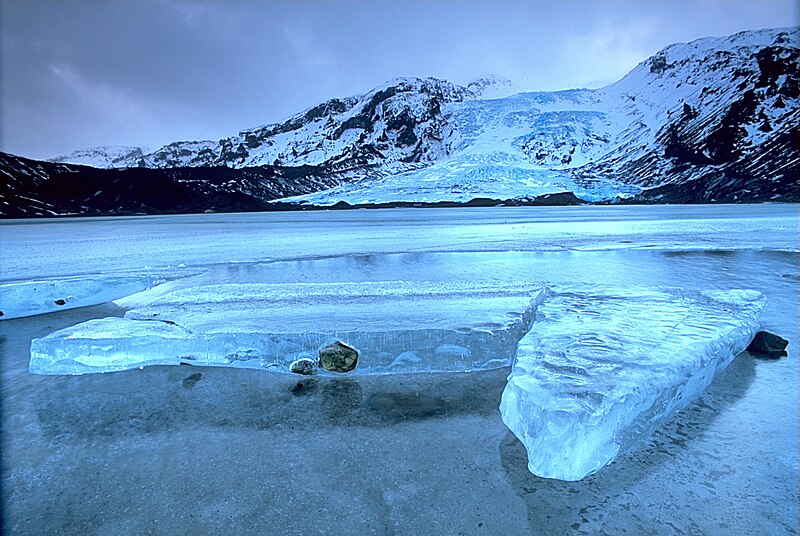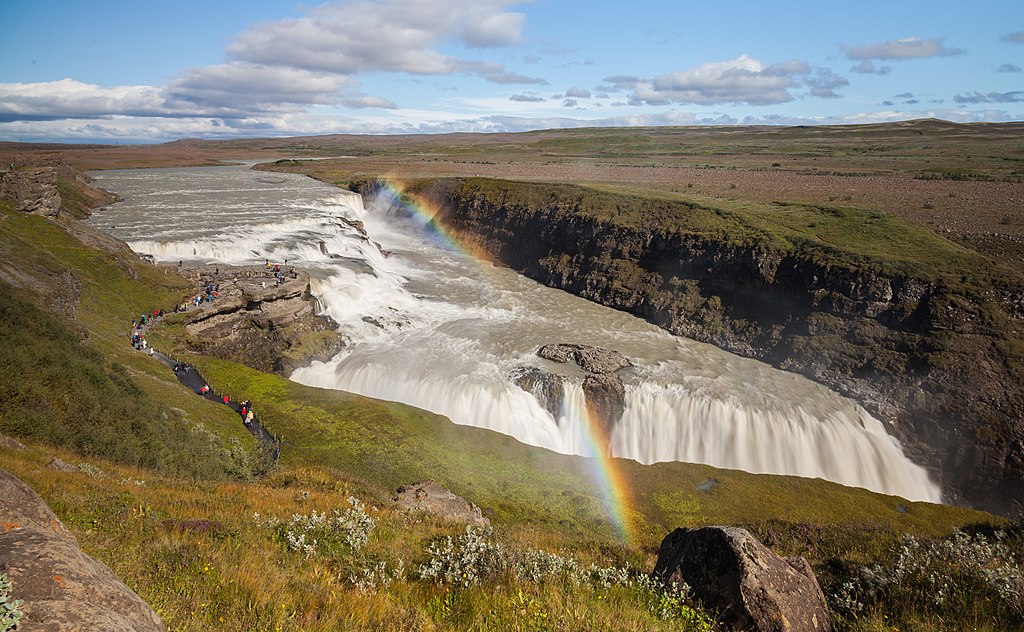What part of Eyjafjallajökull don’t you understand?
Eyja means islands. Fjalla means mountains. Jökull means icecap. That’s simple enough.
As a proper noun, Eyjafjalla (islands mountains) is the name of the active volcano in southwestern Iceland that erupted in 2010 and shut down air travel in the UK and Western Europe for several days. The mountains are pretty obvious; the island reference is more obscure.
As a proper noun, Eyjafjallajökull is the name of the icecap on top of Eyjafjalla. Strictly translated, it is islands mountains icecap, or maybe islandsmountainsicecap; like Germans, Icelanders see no need for empty spaces between words. They must have been dealing with a precursor of Twitter or typing without thumbs. Another Germanic language, English, is more reasonable about it, although you may wonder how we got icecap. Or Iceland, for that matter.
In an attempt to catch up with ourselves, I’m jumping to the end and working backward. Iceland was an unintended destination on our way home. We went there because we flew IcelandAir and they have this deal that you can stop in Reykjavik for up to a week with no increase in the airfare. It is worth seeing, but a little frustrating (more than a little for Doré) at the beginning. We booked a bus from the airport to our ‘guest house.’ The price we were offered was 10.500 króna, which didn’t seem like much because the króna is worth about a penny. One should note when agreeing to a price that they reverse ‘.’ and ‘,’ when writing numbers. Then the bus, which involved four large steps, took us to the bus terminal, not the guest house, so we climbed off that one and onto a smaller version with only a couple steps.
We knew from conversations with the landlord that our room was on the first floor, i.e., up on flight from the ground level. What we didn’t know was the ground level was up 20 steps, with no railing, from the street. At this point in the trip, Doré was not buying the argument that this was her physical therapy. She may replace me as her travel agent.
Iceland is a fascinating island, with a population less than that of Minneapolis. Human population; sheep population is greater than Minneapolis’. It also has more horses, volcanos, glaciers, hot springs, and geysers. The only indigenous mammal is the arctic fox, which probably walked over during an ice age. There are no free-living reptiles or amphibians. Of the more than 1,000,000 species of insects in the world, not much more than a 1,000 have made to Iceland. Mosquitos are not included in that number.
Geyser, by the way, is an Icelandic word and, while they spell it geysir, they pronounce it pretty much the same as Americans do, not as Brits do. It seems to mean ‘gush’ and started with “The Great Geysir”, which was the first geyser known to Europeans and hasn’t gushed in years. We didn’t wait.
Nearly all heating and hot water are geothermal. Reykjavik has district heating using water right out of the ground that is hot enough to make tea, using British standards for tea. Even with all that free energy, the place was expensive. On Ron’s Universal Cost of Living Index, a hamburger was about $25 and a beer, $10. That would be about 2.500 and 1.000 Króna, respectively.
We were in town a month before the summer solstice, so we didn’t get the full effect but it still was confusing to have sunset about eleven and sunrise about three. It felt particularly odd because we had so recently been in the tropics with twelve hours of sunlight. That was confusing because when it’s hot, it shouldn’t get dark at seven. We had trouble getting enough sleep at 66° North.
We only had two days and skipped the number one tourist attraction, which is the Blue Lagoon. It is fed by hot springs that make it swimmable all year. We did hit the second, third, and fourth. Part of what makes Iceland Iceland (in fact, what made it in the first place) is it sits on the west edge of the Eurasian Tectonic Plate and the east edge of the North American Tectonic Plate. If you want to stand with one foot in Europe and one foot in America, you are several years too late. The plates are a few miles apart and spreading a few centimeters more each year. The space between them is now Þingvellir National Park rift valley. (Þingvellir is sometimes written Thingvellir.)
The park is a World Heritage Site. In addition to its geologic interest, it is the original location of the Althing, which is the Icelandic Parliament. It met here from 930 until 1800, with almost the entire island population watching, presumably in summer.
Number three is the Geysir Hot Spring Area, aka Haukadalur, which is home to “The Great Geysir” itself and much smaller Strokkur. Geysir was reported to have gushed as much as 170 meters up and was reliably measured at 50 meters. Stokkur is much smaller but erupts regularly every eight to ten minutes. Or so they claim. We saw it from a distance as we approached the area in the van; then waited, camera ready and finger on the shutter button for 30 minutes for something to happen. I can download someone else’s picture.
Number four is Gullfoss waterfall. With a drop of a little over 100 feet in two stages, it isn’t Niagara but then it isn’t Minnehaha either. There have been some attempts to build a hydroelectric power plant on the falls, but with all the other free energy around, apparently the numbers haven’t worked. It is now protected. There is a popular legend that the attempt was thwarted by Sigríður Tómasdóttir, the daughter of Tómas Tómasson, son of Tómas, who threatened to throw herself into the falls if the plant were built, but it was probably the numbers that killed it. That hasn’t stopped them from telling her story and building her a monument.
It is interesting that Icelanders use names with suffixes like –dóttir, so we know the father but not the husband. It has been known that the original settlers (late 9th Century) were Nordic and that they brought Gaelic slaves. Recent DNA studies show that most men are of Nordic and most women of Gaelic origin. I’m not sure how that explains the way the society has evolved with strong roles for women.
Basically, we did the Golden Circle (Gullni hringurinn), which is a loop for tourists from Reykjavik of about 300 km and comprises Gullfoss, Haukadalur, Þingvellir, and some other stuff.
Been there, seen that, bought the t-shirt.
Day two, we went birdwatching. Atlantic Puffins have major breeding sites on some of the smaller islands that are part of Iceland. They are cute little birds that fly too fast and are too leary of boats to be caught by a digital camera. The explanation is that they need to go fast because their wings are better adapted to ‘flying’ in water than in air. If they slow down, they stall.
The cable that connects my camera to my computer is in some box, bag, or case either where we are staying, at one of the other places we have been since getting back, or one of our storage lockers. That means the photos here are not mine.




